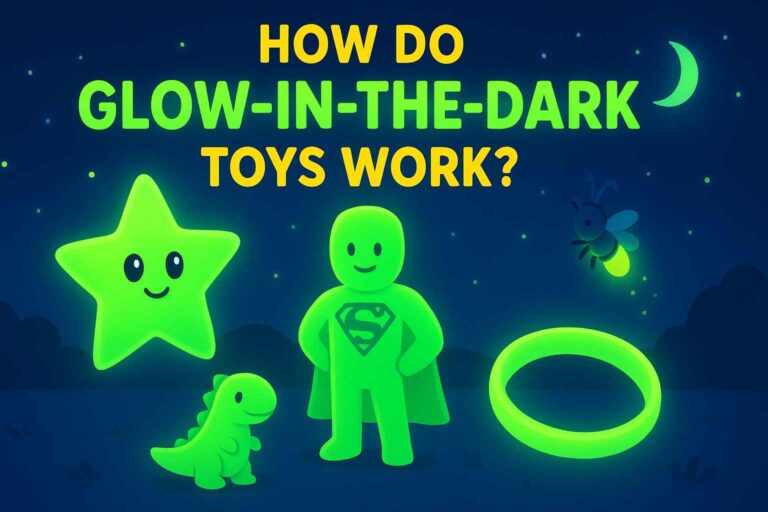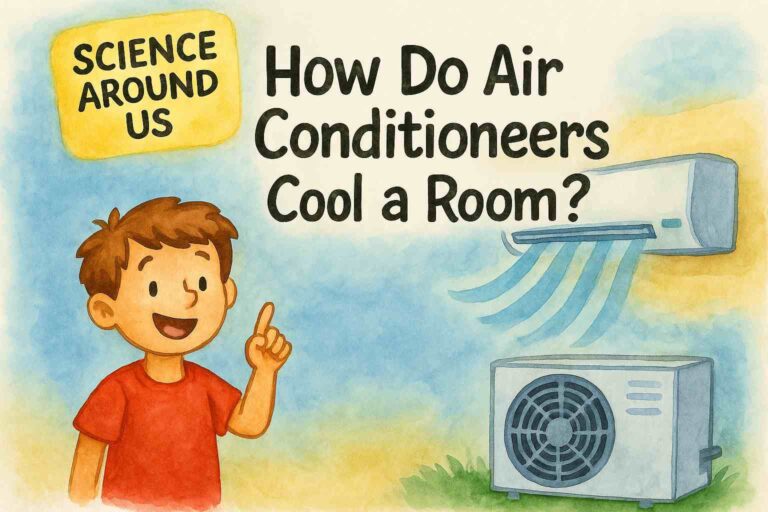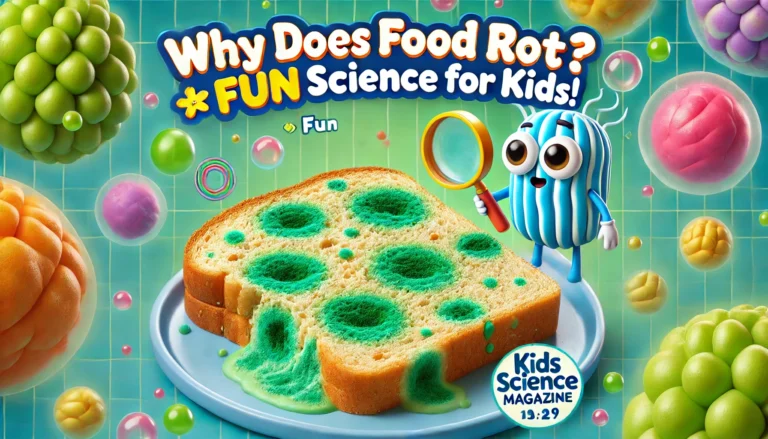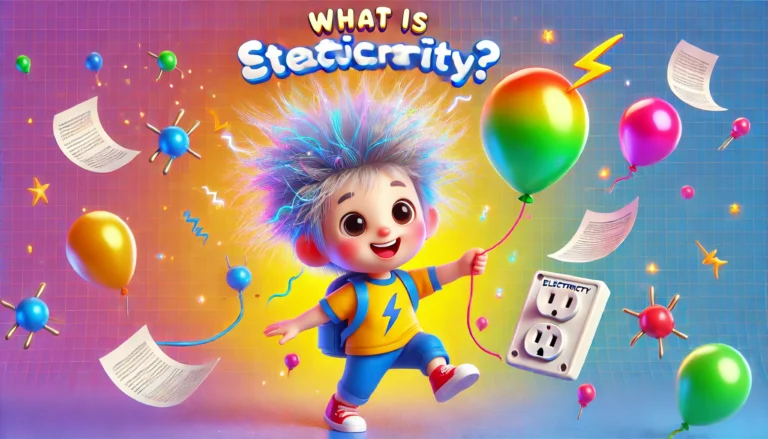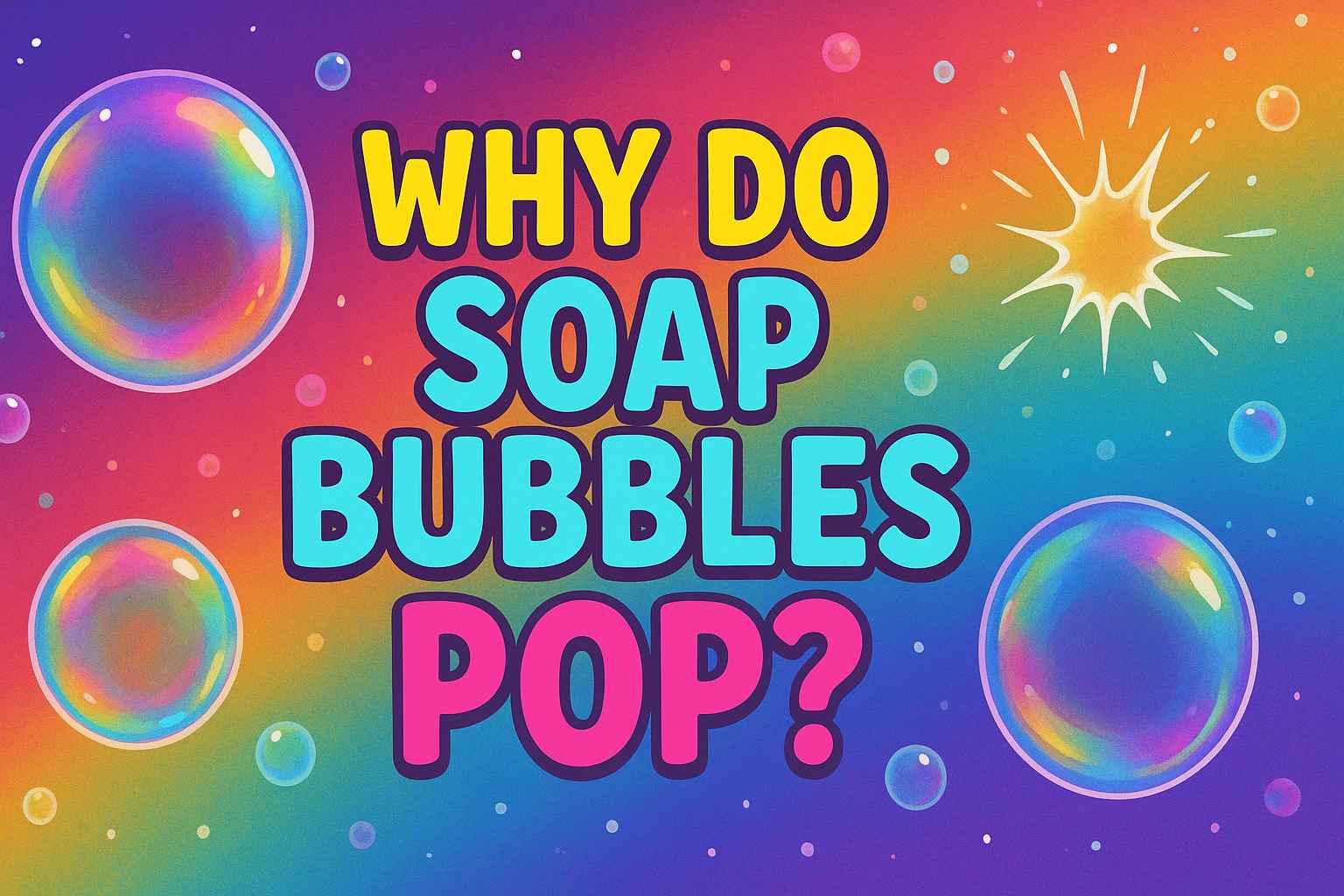
Have you ever blown a big, shiny soap bubble, only to see it pop in just a few seconds?
It’s almost magical how bubbles float, shimmer with rainbow colors, and then—pop!—they vanish. But why do soap bubbles burst so quickly? Let’s explore the science behind this fun mystery.
What Makes a Bubble?
A soap bubble isn’t just air wrapped in magic—it’s actually a thin film of water sandwiched between two layers of soap molecules. Think of it like a super-thin water balloon, but instead of rubber, the “skin” is made of soap and water.
- The soap keeps the water from drying up too quickly.
- The water layer gives the bubble its smooth, round shape.
Without soap, plain water would just drip instead of forming bubbles. So soap is the secret bubble-maker!
The Science of Popping
So why do bubbles pop? Here are the main reasons:
- Surface Tension
The bubble’s skin is held together by a force called surface tension. It’s like invisible elastic pulling the molecules tight. If something pokes the bubble (like your finger, a blade of grass, or even the wind), the tension breaks—and the bubble bursts. - Evaporation
Even if you don’t touch the bubble, it won’t last forever. The water in the bubble’s skin starts to evaporate (turn into water vapor) as soon as it’s exposed to air.- As the water disappears, the bubble’s skin gets thinner…
- Until—snap!—it can’t hold the air anymore.
- Dry Air or Dust
Dry air makes bubbles vanish faster, and tiny dust particles floating around can also break the bubble’s delicate skin. That’s why bubbles last longer in humid air (like in the bathroom after a shower).
DO YOU KNOW? 🌟
- The biggest free-floating soap bubble ever recorded was over 100 feet long—longer than a blue whale!
- Bubbles always form spheres (round shapes) because that shape uses the least energy and surface area. Nature loves efficiency!
- If you add glycerin or sugar to the soap solution, bubbles last longer because these ingredients slow down evaporation.
Fun Science Facts 🎈
- Bubbles in space! Astronauts on the International Space Station have played with bubbles. In microgravity, bubbles don’t float up or down—they just drift around!
- Colorful clue: The rainbow colors on a bubble aren’t paint—they’re caused by light waves bouncing and interfering inside the thin soap film. When a bubble turns almost clear, it’s about to pop!
- Not just for fun: Scientists study bubbles in medicine, engineering, and even volcanoes to understand how gases move through liquids.
Interactive Corner 🧩
Mini Quiz: Can You Guess?
- What keeps the water in a bubble from dripping away too fast?
a) Rubber
b) Soap
c) Glue - What happens when the water in the bubble evaporates?
a) The bubble grows bigger
b) The bubble gets thinner and pops
c) The bubble turns into ice - Where do bubbles last longer?
a) In dry air
b) In humid air
c) On the Moon
(Answers: 1-b, 2-b, 3-b)
Bubble Challenge 🎉
Next time you blow bubbles, try this experiment:
- Mix soap with a little sugar or glycerin.
- Blow two sets of bubbles: one with plain soap water and one with your special mix.
- Which bubbles last longer? Write down your observations like a real scientist!
Encouragement to Explore 🚀
Bubbles may seem like simple fun, but they are tiny laboratories of physics and chemistry. Next time you blow a bubble, watch carefully—look at the colors, the shape, and how long it lasts. Can you find the perfect recipe for the longest-living bubble ever?
So grab some soap and water, head outside, and let science float right into your hands!

